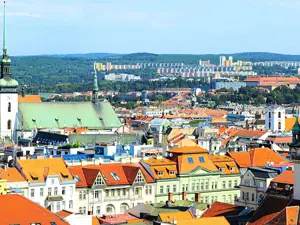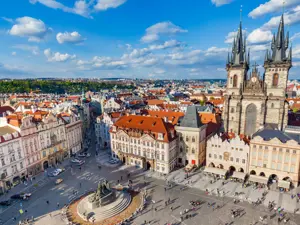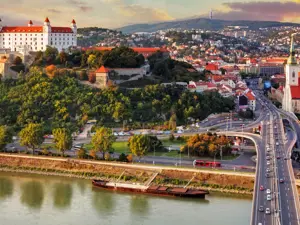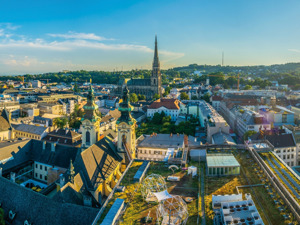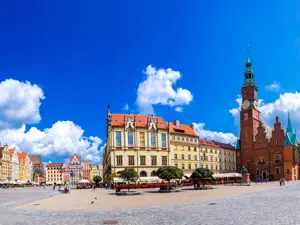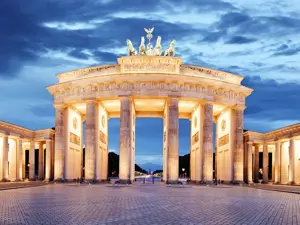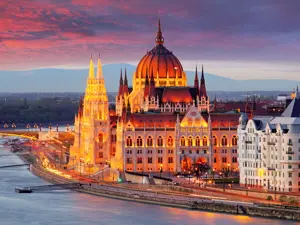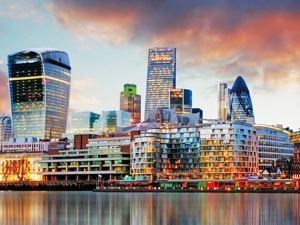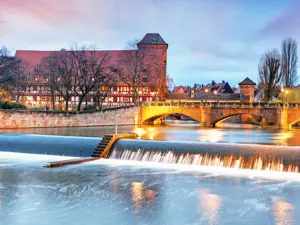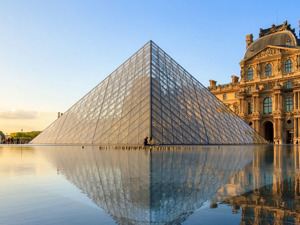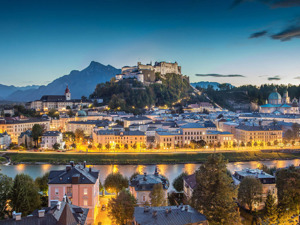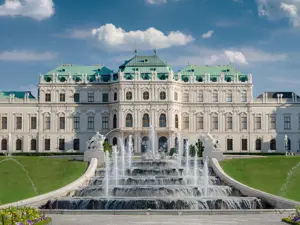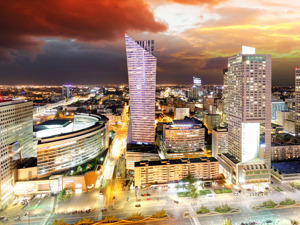Industrial archeology, art and culture to be discovered
Situated in a strategic position, a few kilometres from the Polish and Slovakian borders, in the heart of the Moravia-Silesia region, Ostrava is the third largest city in the Czech Republic after Prague and Brno and third in terms of number of inhabitants.
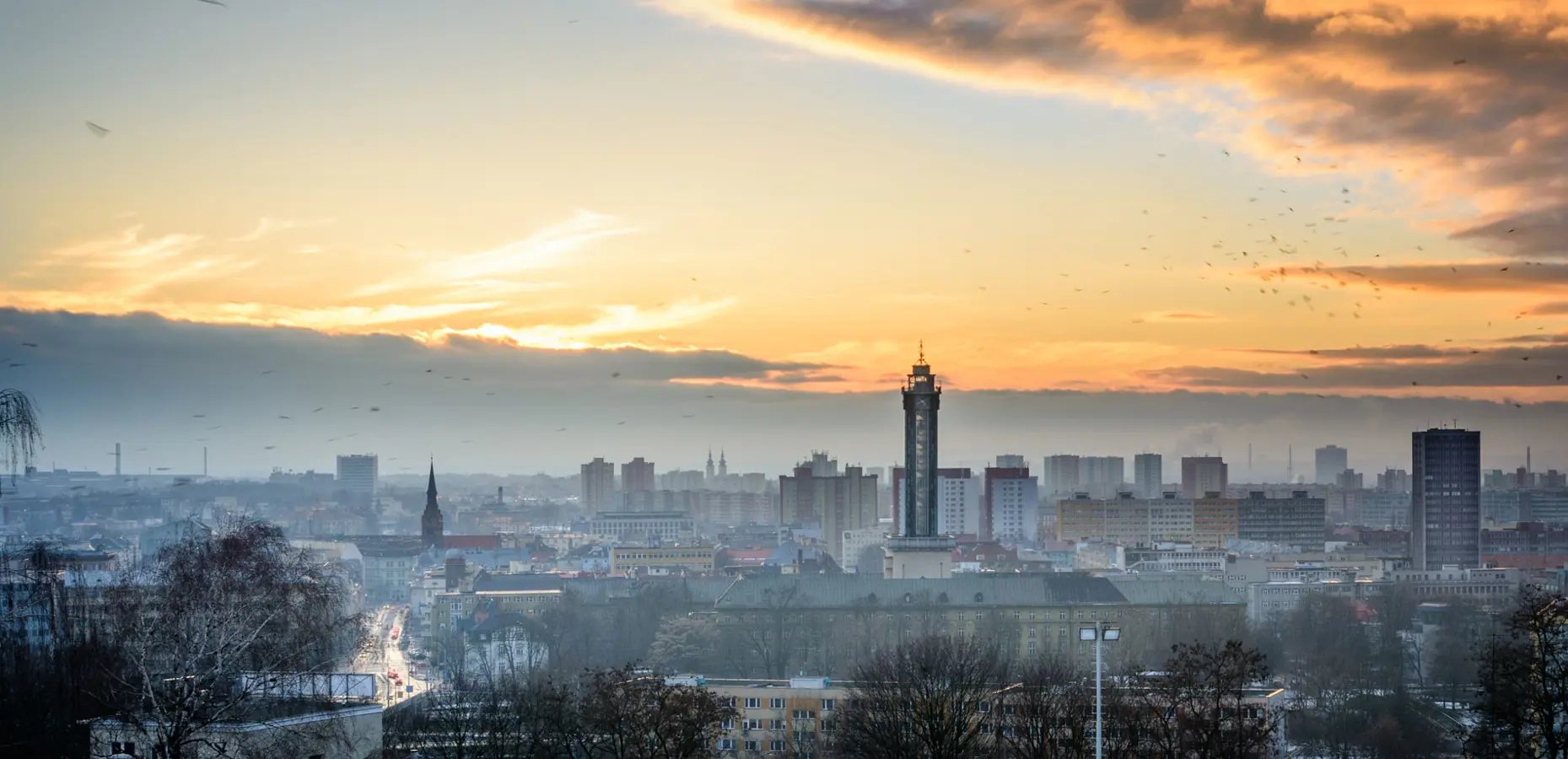
Its history is very ancient, as seen in the numerous settlements, many of which were inhabited by mammoth hunters - some even 25,000 years ago, and the numerous archaeological sites, which have produced some interesting finds, in particular beneath the legendary Hill of Landek, such as the small bust of a woman made of haematite that seems to represent the goddess Venus.
The city originated from the small village of Ostrava, which in the past was in Poland but is now in Silesia. The River Ostravice, which divides the city into two parts - Moravian Ostrava and Silesian Ostrava - gives the present-day centre its name. The city enjoys sights of extraordinary natural beauty, such as the wonderful view of the Beskydy Mountains.
The coal mines
Known in the past as a crossroads along the legendary Amber Road, which unites the Baltic Sea to the Mediterranean, Ostrava later became famous for its coal mines, the source of work for the city’s inhabitants for many decades. Coal was used as a fuel for the first time many centuries ago and later used in the steel industry.

The production of iron
The area known as Dolní oblast Vítkovice, a national site of European heritage, is an extraordinary industrial area dating back to the first half of the nineteenth century and illustrates the development of the traditional production of iron.
Today many museums are found where there once stood coal mines, and a visit to the old foundry, the largest monument to industrial archaeology in Eastern Europe, is extremely interesting. In these unique museums, which pay tribute to this industrious activity of the city, visitors can relive the life of miners and their work, and can even taste what would have been their food. And remaining on the topic of mines, a visit to the extraordinary Geology Pavilion, which is filled with some 15,000 pieces preserved in mineral and petrology collections, is also highly recommended.
A place waiting to be discovered

Ostrava, although not a particularly popular destination due to its reputation as a smoky industrial city (even though the pollution has, for the most part, has been eliminated), is a place waiting to be discovered for its theatres, including the famous one dedicated to Antonj Dvorjak, unique museums, royal castles, markets, monumental old churches such as the Cathedral of the Divine Saviour and the Filial Church of St. Wenceslas.
The Masarykovo Namesti square
The heart of the city, Masarykovo Namesti Square is dominated by a Column with the Virgin Mary built in 1702 as an offering to the Madonna as protection against an epidemic of the plague, which sits next to a beautiful Baroque statue of St. Florian.
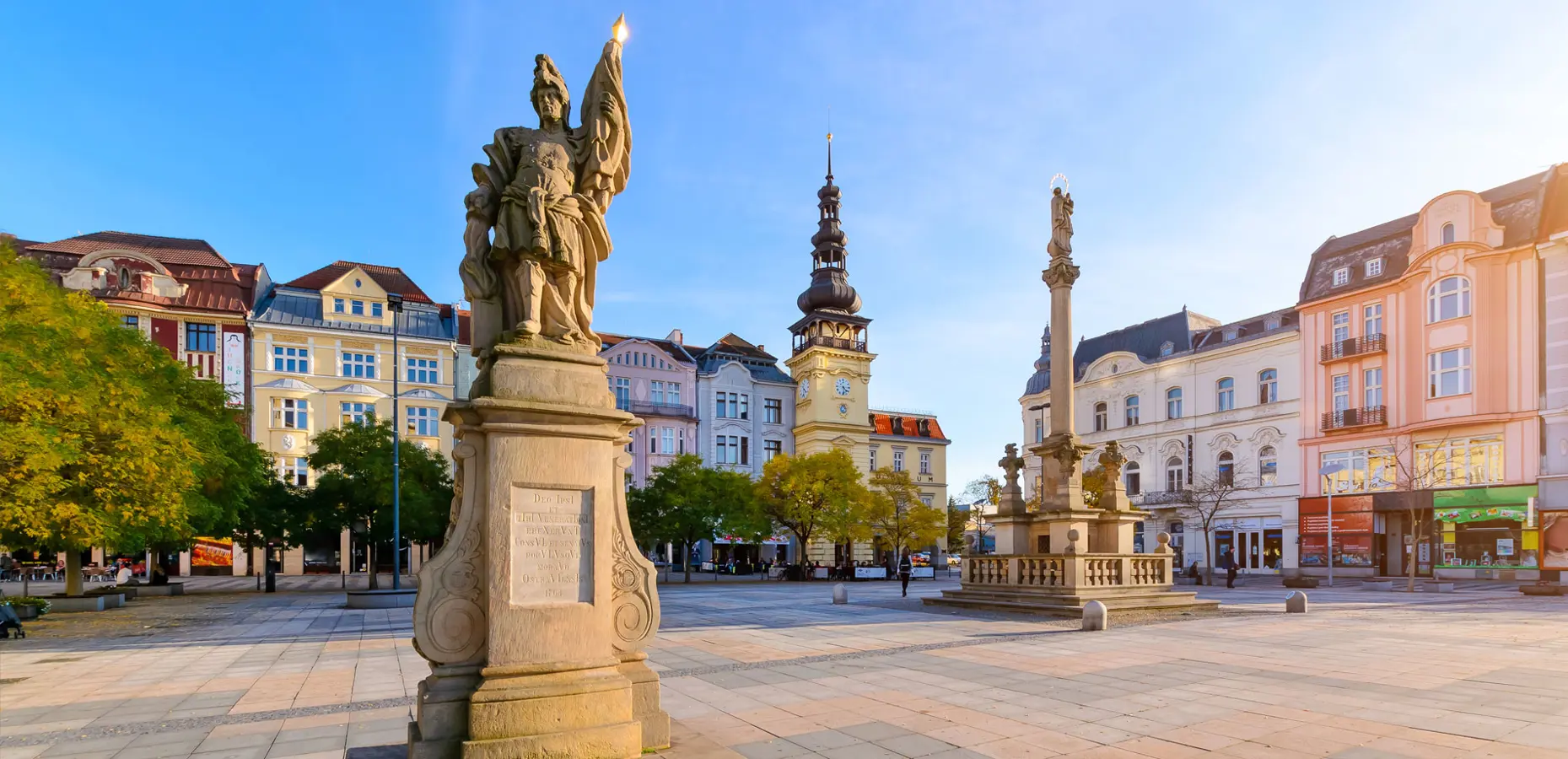
While from the 85-metre high tower of the City Hall, you can enjoy a panoramic 360° view of the city and surrounding area.
The river Ostravice
A lovely place for a walk is along the banks of the River Ostravice, a genuine “green lung” where people can enjoy practising various sports and where mothers take their children to play.

Lastly, visitors have the opportunity to discover the unique vitality of the city, which today is expressed in its nightlife, in particular in the renowned Stodolní Street which reverberates with the sound of music all night long and entices with aromas of food that emanate from its numerous crowded restaurants.
The many festivals give the city a new and more attractive image. These include the Festival of Colours, whose name is truly significant, which is held in July.
The attractions for children
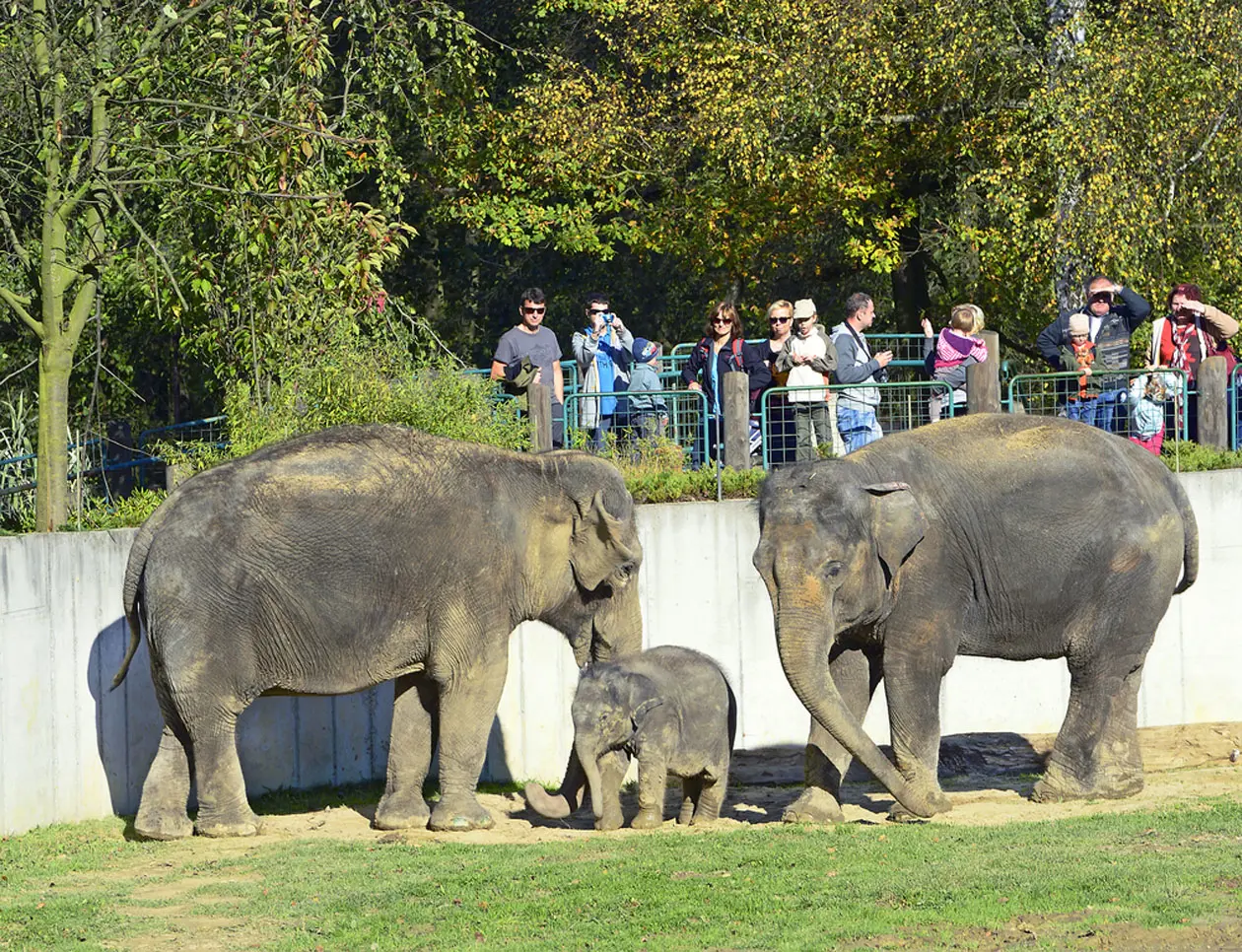
There is also much available for children to discover and enjoy, in the World of Miniatures, which reproduces the most beautiful and monuments on the planet, the Puppet Theatre, which organises games and features a fantastic Astronomical Clock illuminated at night, the Fairytale Ghost Cellar, which is filled with supernatural creatures, or Ostrava Zoo, which houses some 400 species of animals.
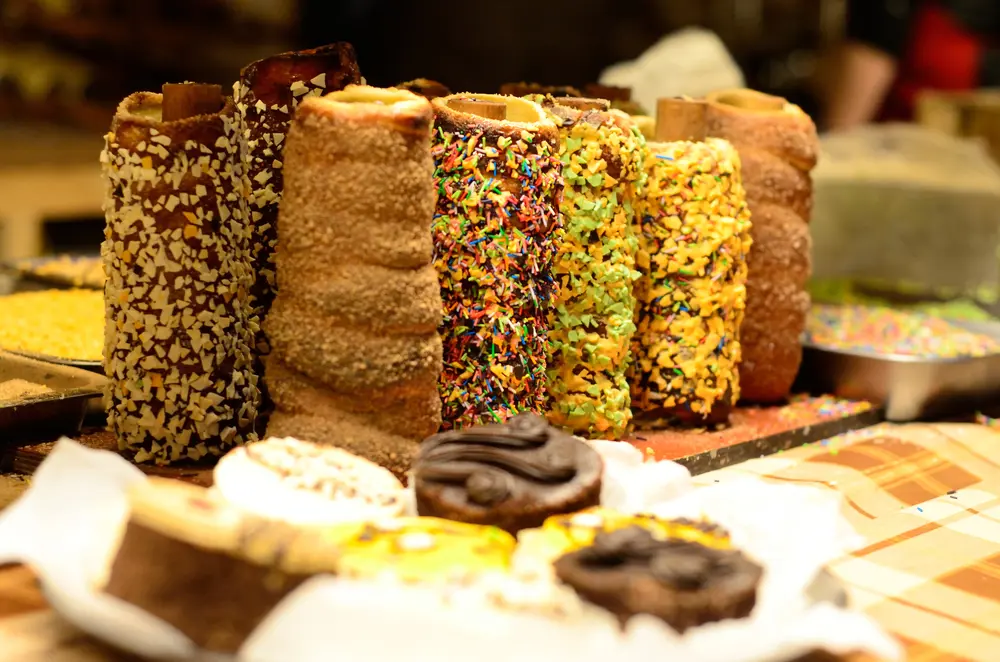
Gastronomic specialties
The cuisine is typical of eastern Europe, with a variety of soups, meats, in particular pork and lamb, flavoured with garlic and local aromas and accompanied by the excellent local beers. Do not miss the Trdelník, a typical dessert of Czech cuisine.
If you wish to see the surrounding areas, a relaxing visit to the spa town of Klimkovice will give you a complete health and beauty makeover.
Text by Anna Glik
Updated by Alisè Vitri
Avion Tourism Magazine
Photos: Copyright © Sisterscom.com / Shutterstock
All rights reserved.
Tourism Board
www.ostrava.cz
www.visitostrava.eu
www.czechtourism.com
Partnership with Booking.com
Where to sleep in Ostrava
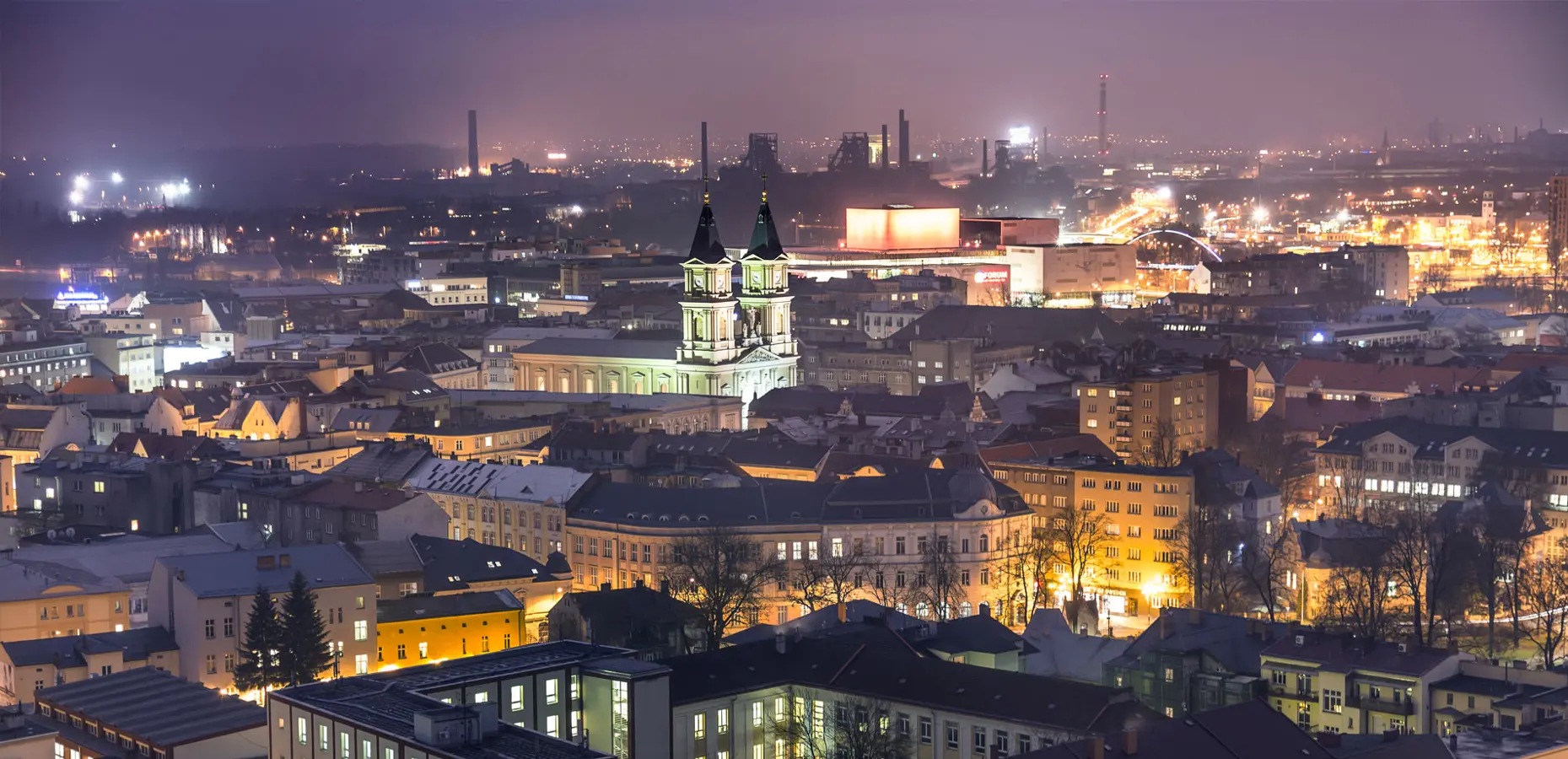
Ostrava is a welcoming city and offers different possibilities for accommodation.
To find the ideal hotel and the best offers you can do a search for the stars but also for districts or landmarks.
WHERE TO GO IN OSTRAVA
Monuments

SILESIAN - OSTRAVO CASTLE
Situated on the hill where the rivers Lučina and Ostravice meet and dating back to the second half of the thirteenth century, the castle is today a place devoted to cultural events. Visit its underground passages to see aquariums with freshwater fish, the museum of witches and an exhibition of torture. Don’t miss one of the scary nights organised at the castle and the famous Shakespeare festival.
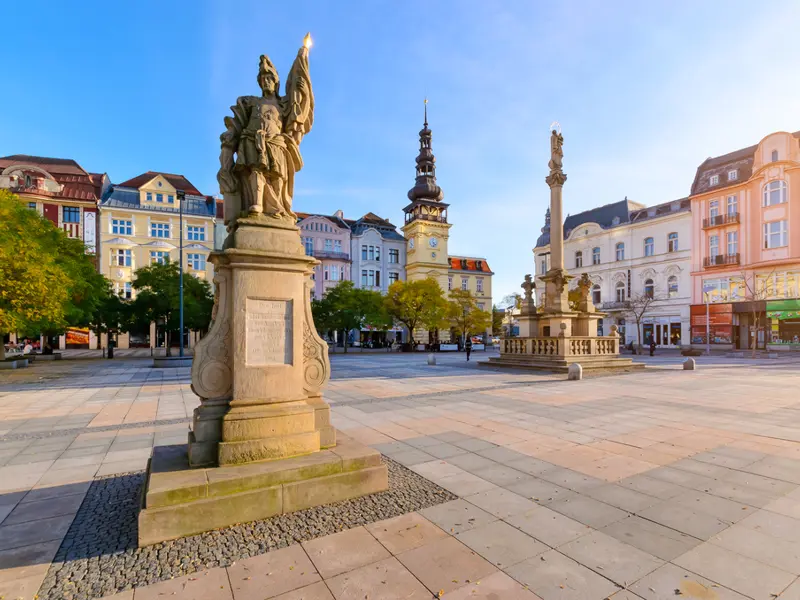
MASARYKOVO NAMESTI SQUARE
This square in the old town offers a column with a statue of the Immaculate Virgin Mary dating to 1702 and a Baroque statue of St. Florian. A retrospective walk from the present to the past begins on the cobbles in the square near the main entrance. Visit the Schönhof House, nicknamed the “House with the seven doors”, or the House of the heirs of I. Reisze, designed by the Viennese architect Wunibald Deining.
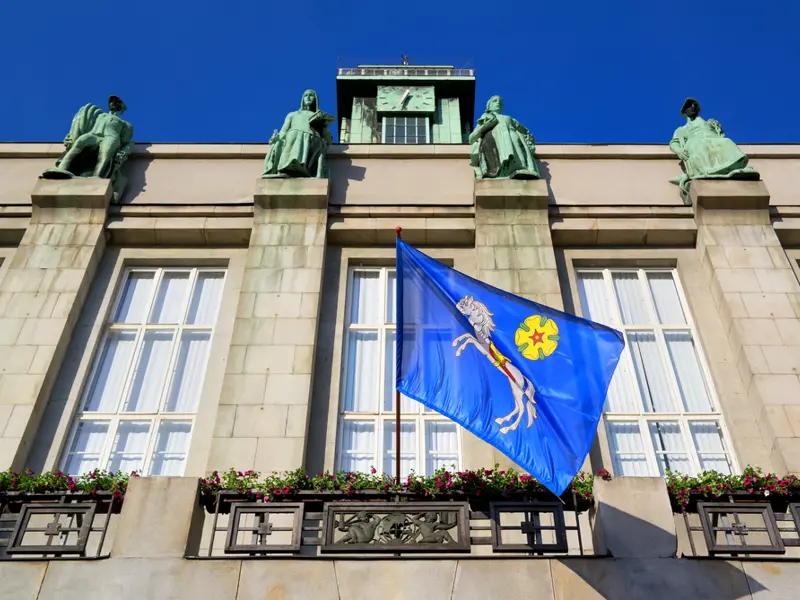
‘Nová Radnice’ CITY HALL
The new city hall with the highest viewing tower of the city is situated in Prokešovo Náměstí Square. Enjoy the beautiful view over Ostrava from the walkway, at a height of 73 metres.
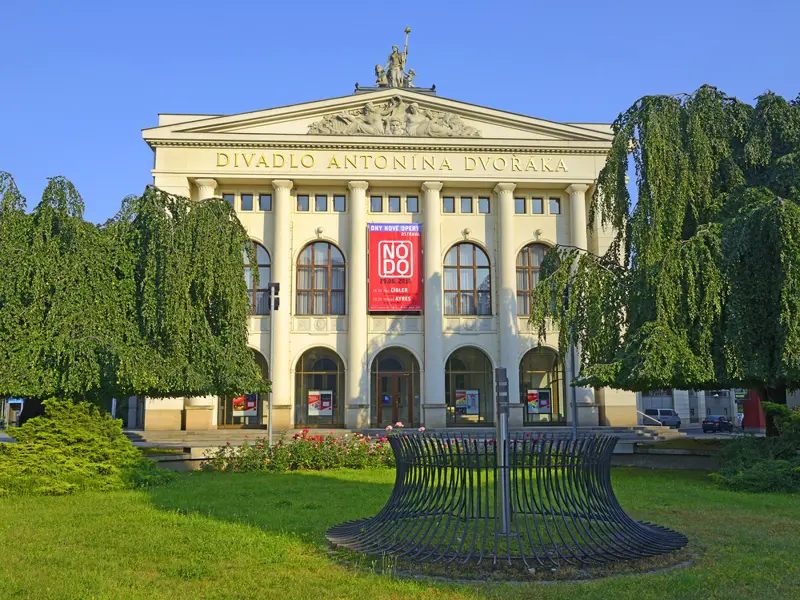
ANTONIN DVORAK THEATRE
This is a very beautiful building in neo-Baroque style designed by the Vienese architect Alexander Graf which offers packed opera and ballet seasons and is one of the most spectacular in the Czech Republic with excellent acoustics.
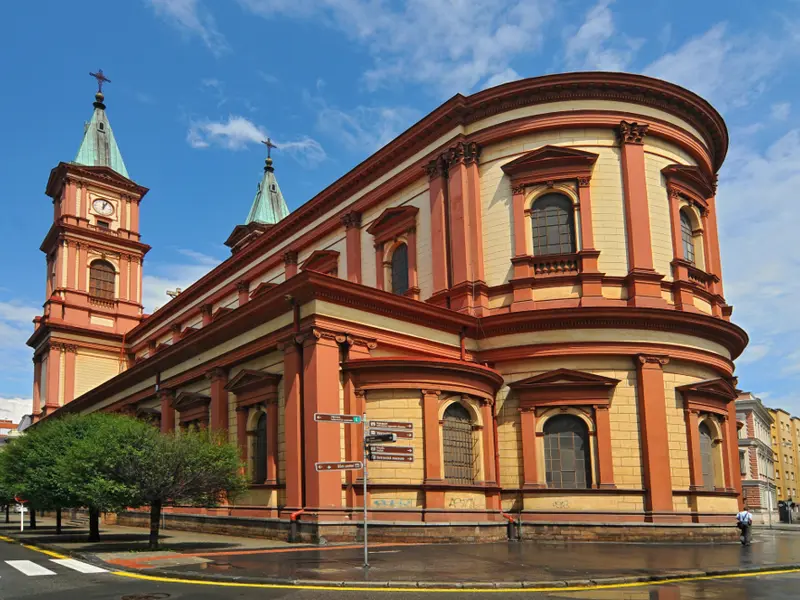
CATHEDRAL OF THE DIVINE SAVIOUR
This cathedral, dedicated to the Divine Saviour in neo-Renaissance style, dates back to the nineteenth century. It features two 67-metre tower outside, while the interior is crossed by three naves with a beautiful circular apse. It is the second largest cathedral in Moravia and Silesia.
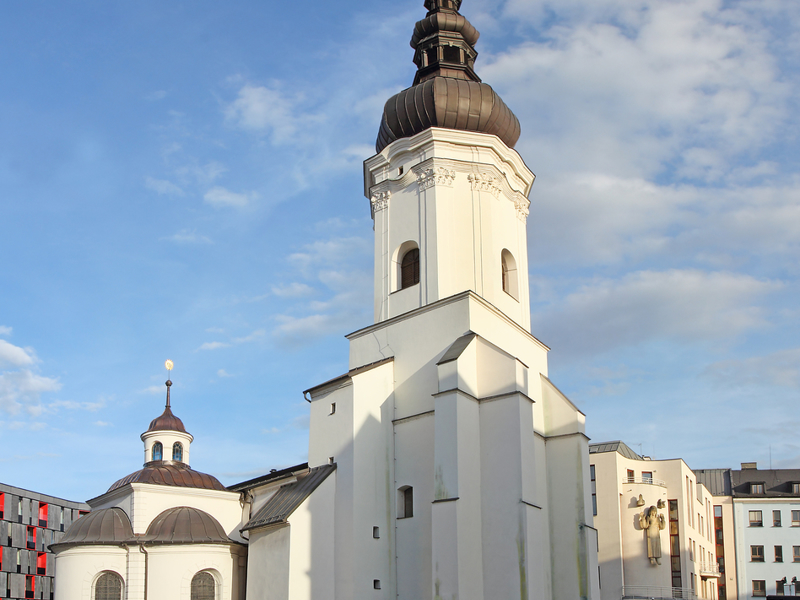
FILIAL CHURCH OF ST. WENCESLAS
A visit to the Church of St. Wenceslas is well worth while. Dedicated to the martyred Duke of Bohemia, it is a very unique building because it follows the lie of the land. Built in late-Gothic style with a Baroque façade, it is one of the oldest and best preserved buildings in Ostrava.
Museums
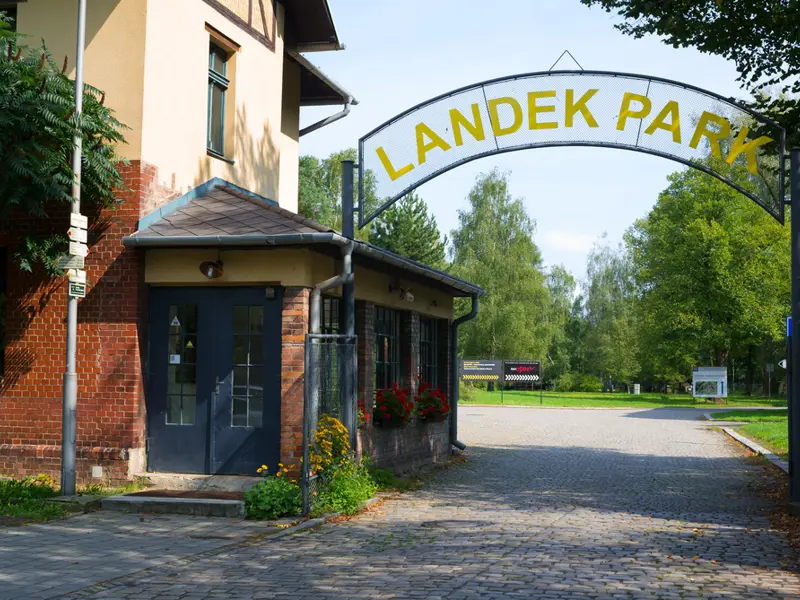
LANDEK PARK MINING MUSEUM
This underground museum, many metres down, is found in the old coal mine of Anselm. Former miners guide visitors in discovery of their old place of work, where even the dishes they used to eat can be tried.
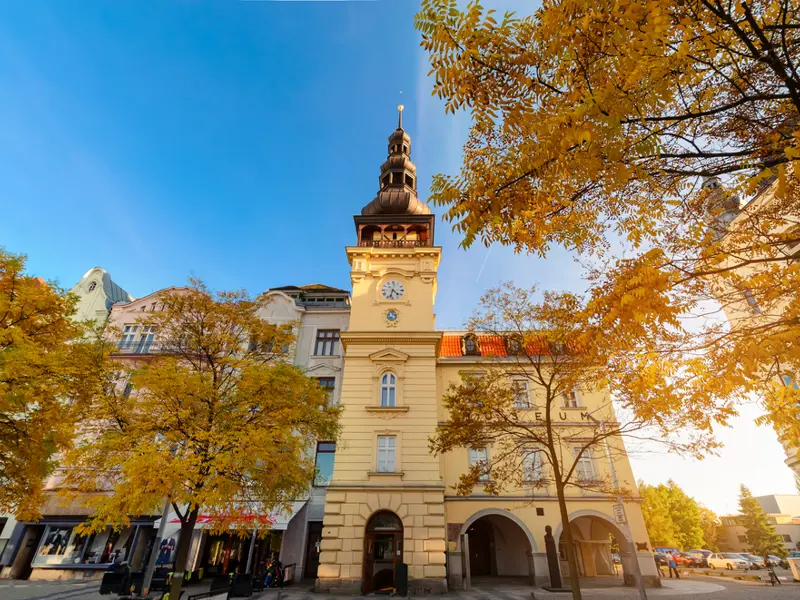
OSTRAVA MUSEUM
This is the place to visit if you wish to learn more about the essence of Ostrava as it is entirely dedicated to the city’s history and its activities over the centuries, as well as offering an overview of the beautiful natural landscape and wildlife that surround it. It is situated in the sixteenth-century old town hall building.
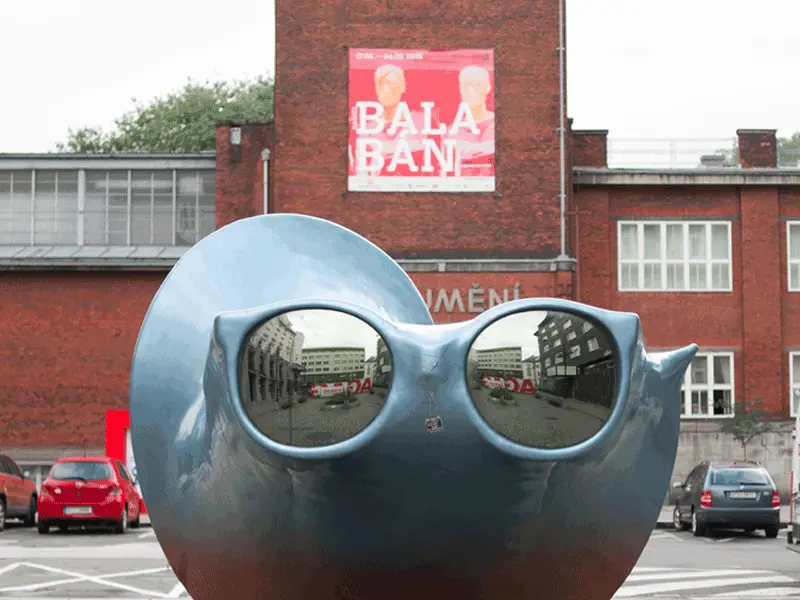
GALLERY OF FINE ARTS
This gallery houses works by old masters of all eras, such as Dürer, Cranach, Aachen and Hollar. The Viennese secession (Klimt) and important Russian painting (Repin, Šiškin) are also represented. The gallery also boasts works of Czech modernism.
Excursions
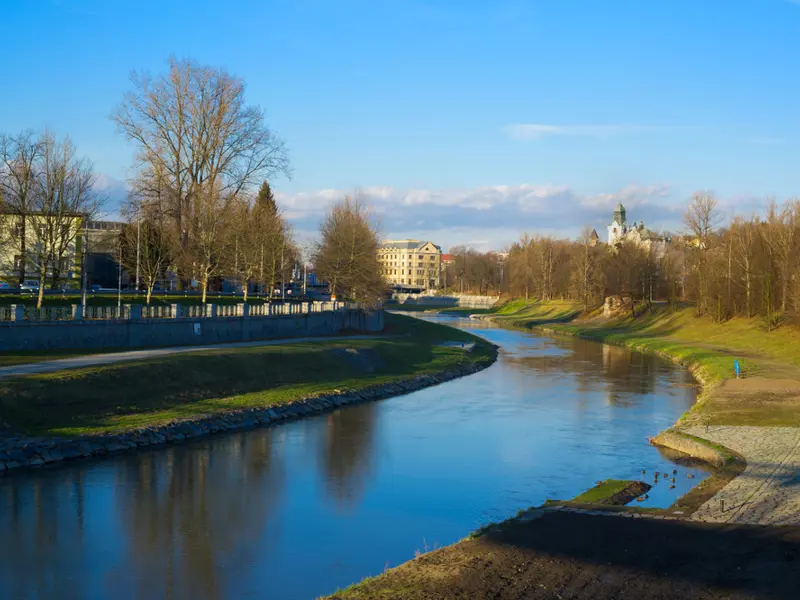
RIVER OSTRAVICE AND EMA SLANG - HEAP
Walk, run or cycle on the left bank of the River Ostravice, the green heart of the city, while on the right climb the Ema Slag-heap, also known as the “Volcano of Ostrava“, to a height of 315 metres, which is always filled with flowers and trees.

OSTRAVA ZOO
This zoo, the second largest in the Czech Republic, offers some 400 different species of animals. In winter it also offers cross-country skiing and is open for night visits.
Partnership with GetYourGuide
All tours and excursions
You might be interested in
Destinations found in the vicinity
Other destinations
Airports nearby Ostrava


